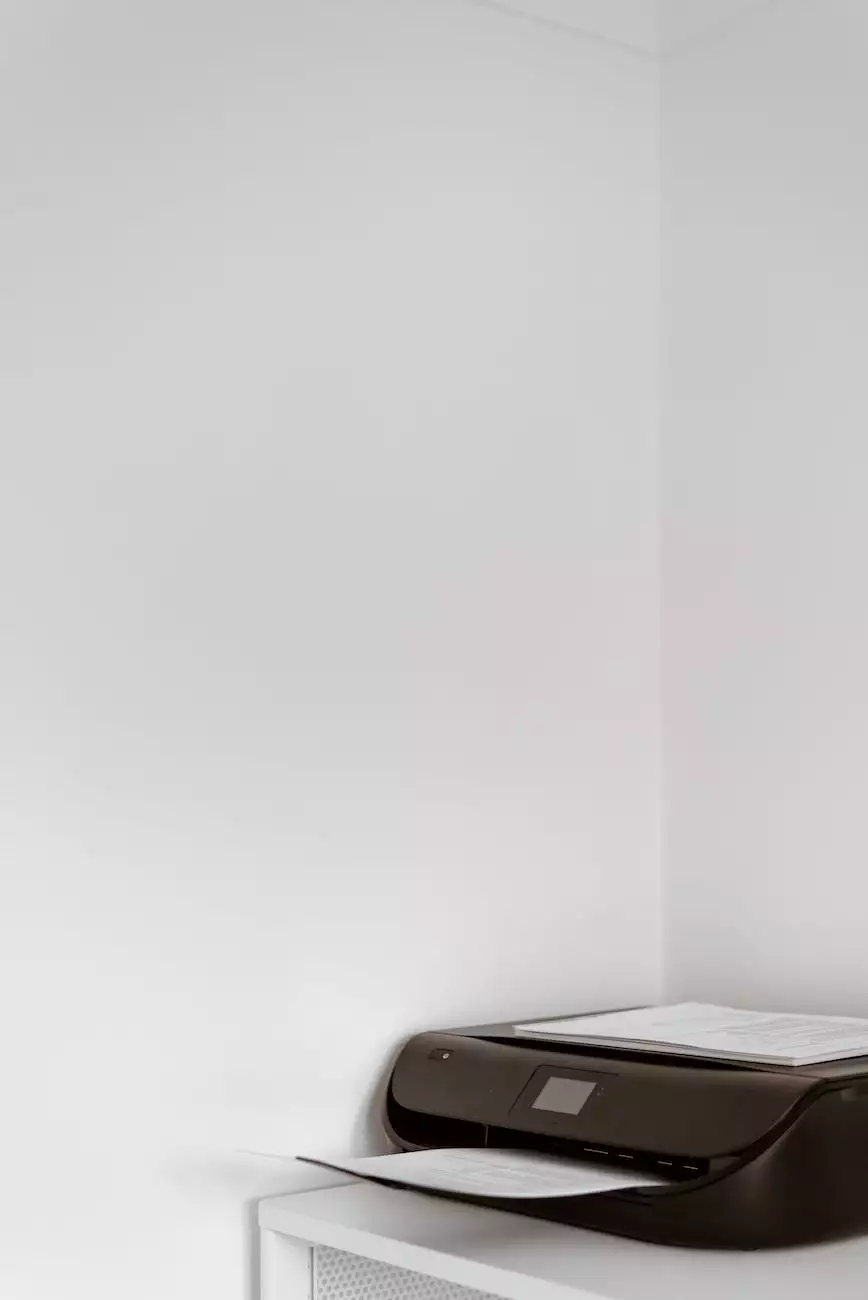Pest Control SEO: How to Improve Your Website Page Speed
Blog
In today's digital age, having a fast and efficient website is crucial for any business to succeed online. As a pest control service provider, your website's performance, particularly its page loading speed, can significantly impact user experience and even search engine rankings. At Shortcut Web Design, we understand the importance of optimizing your pest control website's page speed. In this article, we will explore various strategies and best practices to enhance your website's loading time and overall performance.
Why Page Speed Matters for Pest Control Websites
Website visitors have become increasingly impatient when it comes to waiting for a site to load. Studies show that a significant percentage of users abandon a website if it takes more than a few seconds to load. Slow-loading websites can frustrate potential customers and drive them away to your competitors' faster sites.
From an SEO standpoint, search engines like Google consider page speed as one of the important ranking factors. A slow website can negatively impact your search engine rankings, making it harder for potential customers to find your pest control services online. Faster websites tend to rank higher and attract more organic traffic, giving you a competitive advantage in the online market.
Key Strategies to Improve Page Speed
1. Optimize Image Sizes
Images are often one of the main culprits behind slow-loading websites. To optimize your pest control website's page speed, it's essential to ensure that your images are properly compressed and their file sizes are minimized without compromising their visual quality. Consider using popular image optimization tools or plugins to automate this process and improve loading times without sacrificing the overall appearance of your site.
2. Enable Browser Caching
Browser caching allows repeat visitors to load web pages faster by storing temporarily downloaded files on their computers. By enabling browser caching on your pest control website, you can reduce server load and improve loading speed for returning visitors. This technique leverages the visitors' local cache, significantly reducing the need to fetch content from the server each time, resulting in faster page loads.
3. Minify CSS and JavaScript
Excessive CSS and JavaScript files can increase the overall size of your web pages, leading to slower loading speeds. Minifying CSS and JavaScript involves removing unnecessary white spaces, comments, and reducing code redundancy. By minimizing the size of these files, your pest control website will load faster, creating a smoother user experience.
4. Utilize Content Delivery Networks (CDNs)
Content Delivery Networks (CDNs) help distribute your website's static files, such as images, CSS, and JavaScript, across multiple servers located in different geographic locations. By leveraging CDNs, you can serve your website's content from the server closest to a visitor's location, reducing the latency and improving the overall loading time. This is particularly beneficial for pest control businesses targeting local or regional audiences.
5. Implement Caching Mechanisms
Caching mechanisms, such as server caching and dynamic caching, can significantly enhance your pest control website's page speed. Server caching involves storing frequently accessed data in the server's memory, allowing for faster retrieval and reducing the load on your server. Dynamic caching, on the other hand, generates static HTML versions of your web pages, bypassing the need to regenerate them for every visitor.
6. Optimize Server Response Time
Your hosting provider and server response time play a crucial role in determining your website's loading speed. Choose a reliable hosting provider that offers fast server response times and minimal downtime. A slow server response can drastically impact your website's performance, leading to dissatisfied visitors and potential loss of customers.
Conclusion
In the competitive world of online pest control, your website's page speed can make a significant difference in attracting and retaining customers. By implementing the strategies mentioned above, you can optimize your pest control website's loading time, improve user experience, and boost your search engine rankings. At Shortcut Web Design, we specialize in website development for businesses in the consumer services industry, including pest control. Contact us today to learn more about our services and how we can help you create a fast, user-friendly website that stands out from the competition.




